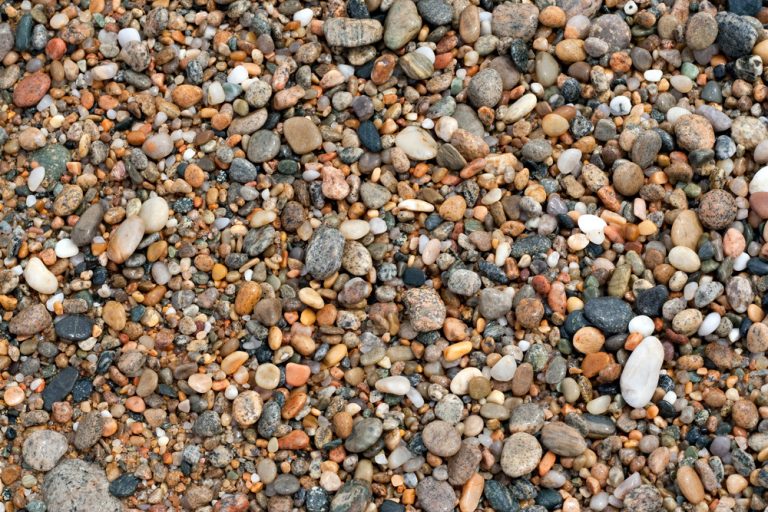
Primers are painting varieties that are applied to surfaces to hide stains before the finishing paint coats are applied. A stain blocking primer sticks to the surface and makes it smooth for painting. Here are three major types of primers for all your stain blocking needs.
Oil Based Primers
This type of stain blocking primer is very useful in killing stains and is best suited for use on metal, steel and wood surfaces. Oil-based primers work well with latex and oil paints and are very effective wall primers for both exterior and interior painting jobs. This primer is ideal for wood surfaces and is used to protect hardwood floors as it prevents paint peeling, blistering and cracking.
Oil-based primers dry very slowly and contain significant concentrations of volatile organic compounds (VOCs). In instances of prolonged exposure, VOC levels that are over 500 ppb are known to have adverse effects on people with hypersensitivity to chemical fumes, according to a CBC marketplace report.
Latex Based Primers
These stain blocking primers are water-based and are ideal for priming walls. They are fast drying and can be used on softwood, concrete, brick and galvanized surfaces. Latex based primers are useful in covering up minor stains such as crayon, lipstick and smoke. This variety of primers is water soluble and has low VOC content or none at all.
Shellac Primers
Shellac stain blocking primers are ideal for use on wood, metal, plastics and interior painting. They are excellent primers for stubborn stains and very effective in covering up huge water stains and smoke stains since they can block out smoke smells. They prevent wood tannins from bleeding through painted surfaces and effectively cover up rusted metal stains. Shellac primers are very adhesive and fast drying varieties that can also be used together with oil and latex based paints.
This variety of primers contains a high concentration of volatile organic compounds (VOCs) and tends to produce a lot of fumes. Always ensure that you find out the components of a primer, the type of substrate surface it is suited for and how to thin it to achieve the best results.


